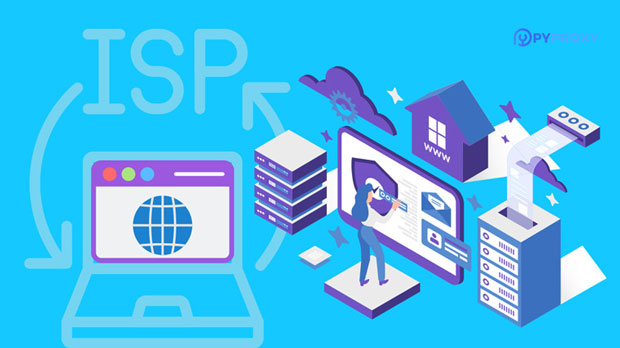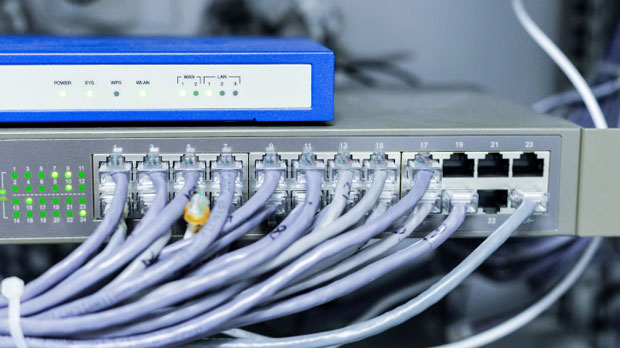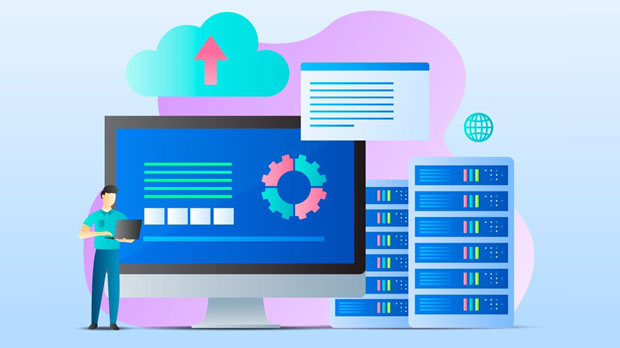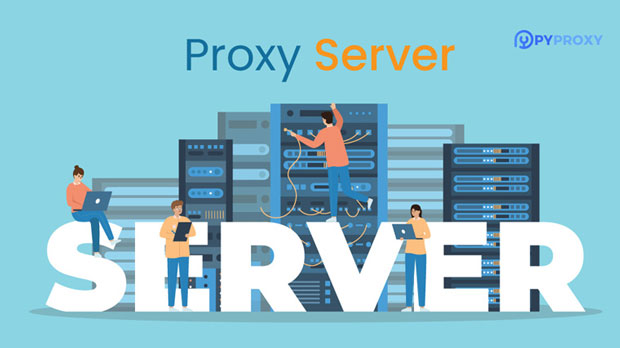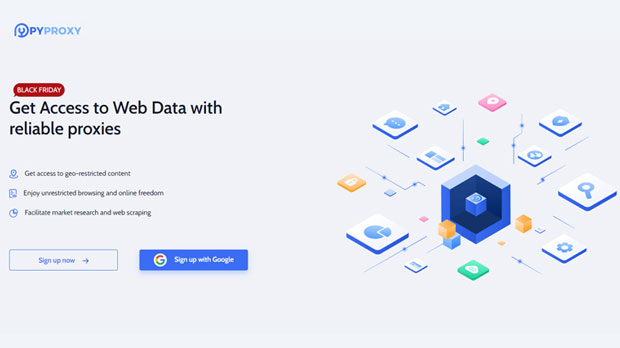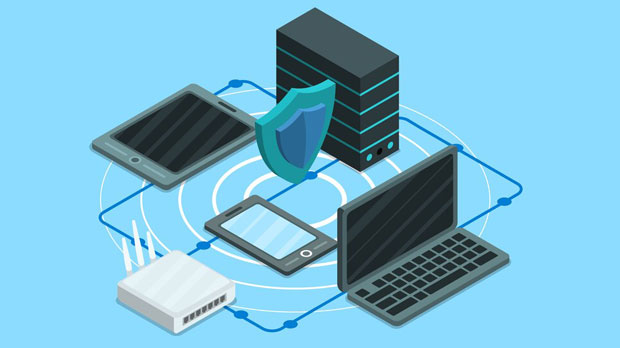When discussing proxy servers, it’s essential to differentiate between the traditional proxy server and the smart proxy server. A traditional proxy server primarily acts as an intermediary between a client and the internet, facilitating the request and response process. In contrast, a smart proxy server is designed with advanced features that go beyond simple request forwarding, offering functionalities like anonymity, enhanced security, and the ability to handle more complex traffic patterns. 1. Basic FunctionalityThe fundamental difference between a traditional proxy server and a smart proxy server lies in their basic functionality.Traditional Proxy Server:A traditional proxy server functions as a simple intermediary that forwards client requests to the internet and returns the responses to the client. It primarily helps in hiding the client's IP address and offers basic content filtering features. Traditional proxy servers are suitable for straightforward tasks like bypassing geographical restrictions or enabling basic privacy protection.Smart Proxy Server:A smart proxy server, on the other hand, takes proxy services to the next level. It incorporates intelligent features like traffic management, enhanced security protocols, and automatic routing, making it capable of handling more complex network traffic. This server is designed to adapt to various scenarios, automatically adjusting its routing based on traffic volume, time of day, or other variables. Smart proxy servers can offer additional features such as data encryption, threat protection, and real-time analytics, which significantly improve overall internet browsing and security.2. Traffic Handling and Load BalancingOne of the standout features of a smart proxy server is its superior ability to handle high traffic and balance load across multiple servers.Traditional Proxy Server:In terms of traffic handling, traditional proxy servers are limited to simply passing the request through to the target server. They don’t perform any sophisticated traffic management or load balancing. As a result, they can become a bottleneck in high-traffic situations, potentially leading to slower response times or even server crashes.Smart Proxy Server:A smart proxy server, however, is designed to handle complex traffic patterns by automatically distributing requests across multiple servers. This load balancing ensures that no single server gets overwhelmed, improving response times and enhancing the stability of the overall network. Additionally, smart proxy servers can prioritize traffic, optimizing the delivery of important data or services, which is especially beneficial in environments that require real-time data transmission.3. Security and AnonymitySecurity and anonymity are critical components in the decision-making process when choosing a proxy server. Both traditional and smart proxy servers offer security features, but the extent and level of protection differ significantly.Traditional Proxy Server:Traditional proxies generally provide basic anonymity by masking the user's IP address. However, they often lack advanced security features, such as encrypted traffic or protection against sophisticated cyber-attacks. As a result, they are vulnerable to various forms of attacks like Man-in-the-Middle (MITM) attacks, DNS spoofing, or data leakage. While they offer privacy, traditional proxies are not designed to deal with more advanced threats.Smart Proxy Server:In contrast, smart proxy servers go a step further by providing enhanced security measures. These servers often include SSL/TLS encryption, which protects data transmission from potential eavesdropping. Moreover, smart proxy servers come equipped with threat detection systems that can detect malicious activities, such as Distributed Denial of Service (DDoS) attacks or phishing attempts. They also provide advanced anonymity features, often employing IP rotation and other techniques to ensure that the user's identity is consistently protected. This makes smart proxy servers more suitable for businesses and users who prioritize both security and privacy.4. Performance and SpeedThe performance and speed of a proxy server are critical factors for any business or individual looking to optimize their internet activities. While both traditional and smart proxies affect speed in different ways, the overall performance depends on the server’s capabilities.Traditional Proxy Server:Traditional proxy servers are often faster due to their simplicity. Since they don’t have to process complex logic or make decisions based on traffic patterns, they can forward requests quickly. However, their performance can degrade in high-demand scenarios or with a large number of simultaneous users. They may also suffer from higher latency due to inefficient routing and lack of optimizations.Smart Proxy Server:Smart proxy servers may seem slower in comparison due to the additional processes involved in managing complex traffic. However, they tend to provide better long-term performance. Through automatic optimizations, adaptive traffic routing, and caching strategies, they ensure that resources are used efficiently, which ultimately improves the overall user experience. In environments with high traffic demands or data-sensitive tasks, a smart proxy can optimize speed while maintaining security.5. Use CasesThe use cases for traditional proxy servers and smart proxy servers vary widely based on the complexity of the task at hand.Traditional Proxy Server:Traditional proxies are ideal for simpler applications like browsing the web anonymously, bypassing geographical restrictions, or blocking access to certain websites. They are often used in personal or small business settings where high performance and sophisticated features are not as critical.Smart Proxy Server:Smart proxy servers are more suited to businesses and enterprises that need robust security, high performance, and the ability to manage complex traffic loads. They are widely used for tasks like handling large-scale web scraping, managing high traffic websites, or securing data-heavy transactions in industries like finance, e-commerce, and healthcare. Smart proxies are also used for SEO services, where they help businesses track competitor activities and perform market research without getting blocked by websites.6. CostWhen considering a proxy server solution, cost is an important factor to take into account, especially for businesses that need to deploy multiple proxies.Traditional Proxy Server:Traditional proxies are generally cheaper due to their simpler design and limited functionality. For basic tasks, such as web browsing or location-based content access, traditional proxies are a cost-effective choice.Smart Proxy Server:Smart proxy servers tend to be more expensive because of the advanced features they provide, including enhanced security, performance optimization, and traffic management. While the initial cost may be higher, the long-term benefits often outweigh the expenses, especially for businesses with high traffic or security needs.ConclusionIn conclusion, the choice between a smart proxy server and a traditional proxy server depends largely on the specific needs of the user. Traditional proxies serve well for simple tasks that don’t require high performance, security, or traffic management. However, for businesses and individuals who require enhanced security, advanced traffic handling, and superior performance, smart proxy servers are the better choice. Although they come at a higher price, the value they offer in terms of security, load balancing, and overall efficiency makes them a worthwhile investment. Whether you're operating a small business or managing a large-scale online operation, understanding the differences between these two types of proxies will help you choose the best solution for your needs.
Jul 15, 2025



























































